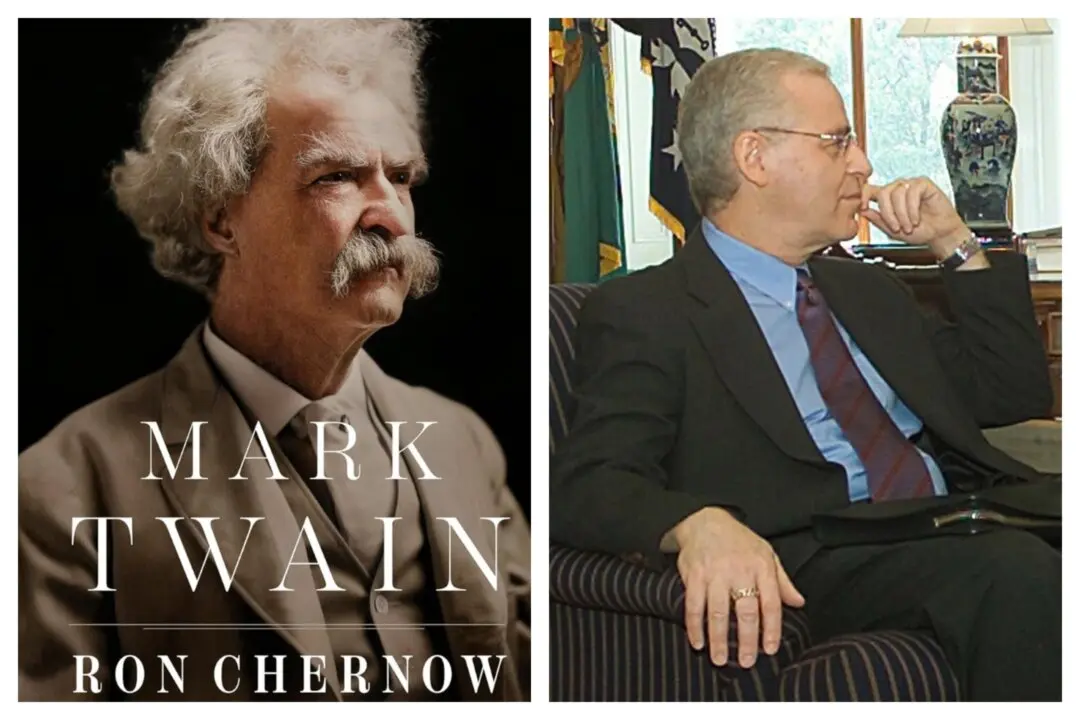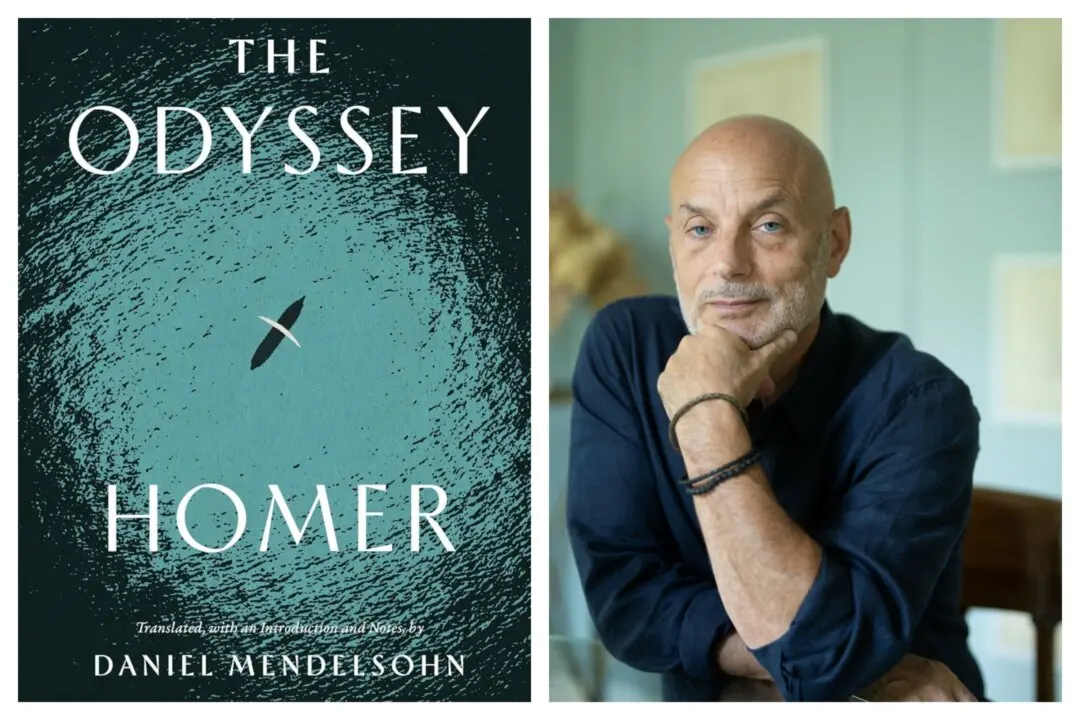Benjamin H. Barton, the author of “The Credentialed Court: Inside the Cloistered, Elite World of American Justice,” thinks the Supreme Court should be more diverse. But not in the way you may think, and definitely not in the way President Joe Biden thinks. In fact, it’s not in the way any of America’s recent presidents have thought.
Barton, a law professor at the University of Tennessee, makes the case that America’s highest court in the land has become a representation of the elitism that is completely disconnected from the American people. He begins his book by comparing three of the most recent Supreme Court nominees and how each was practically identical. It is an intriguing way to begin the argument.






